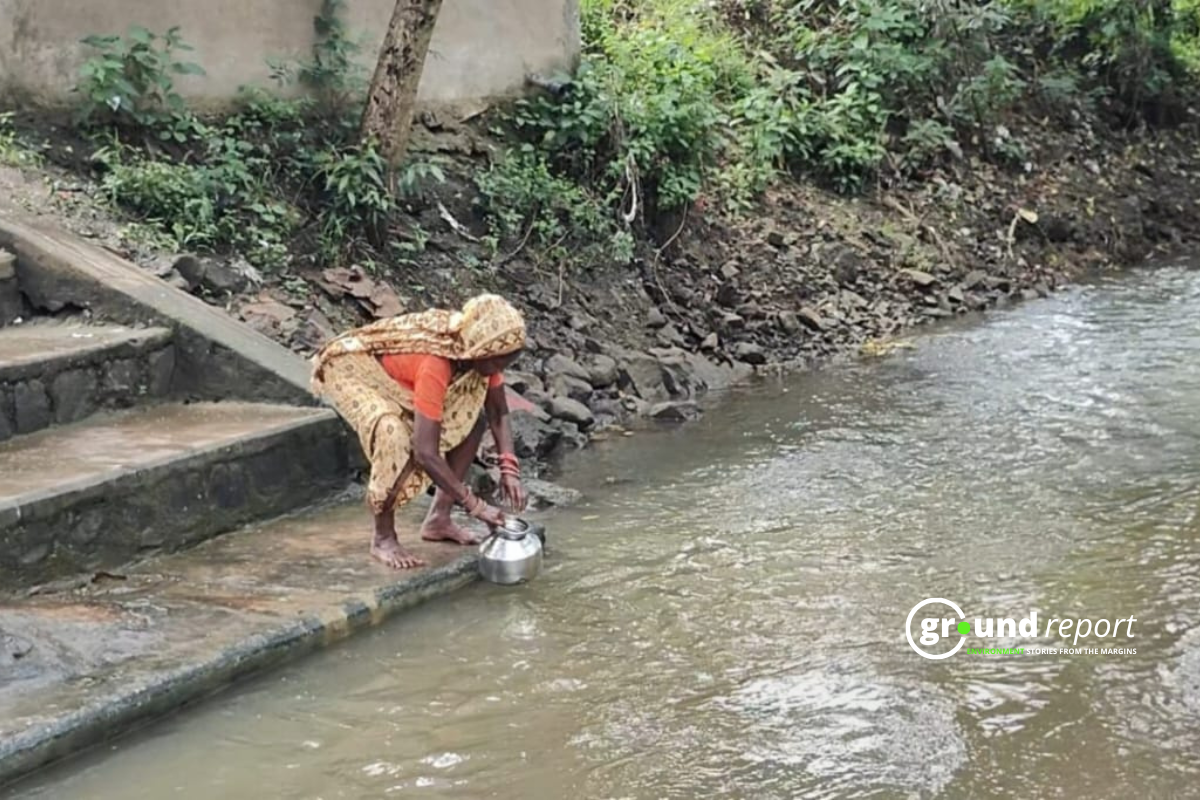About 59 per cent of India’s landmass is prone to earthquakes and 12 of the country’s 38 seismically vulnerable cities are located in the northern region states including Uttarakhand, Punjab, Haryana, Himachal Pradesh, and Jammu and Kashmir.
As per the seismic zoning map of the country, the total area is classified into four seismic zones – Zone V is the most seismically active area and Zone II is the least.
Minister of State (Independent Charge) for Science and Technology Jitendra Singh said today, a total of ~59% of the landmass of India is prone to earthquakes of different intensities. As per the seismic zoning map of the country, the total area is classified into four seismic zones.
Zone V is seismically the most active region, while zone II is the least. Approximately, ~ 11% area falls in zone V, ~18% in zone IV, ~ 30% in zone III, and the remaining in zone II.
About 59% of Indian landmass
Zone IV cities are Almora, Dehradun, Nainital, Roorkee (Uttarakhand); Ambala in Haryana; Ludhiana and Amritsar in Punjab; Chandigarh, Shimla in Himachal Pradesh, Delhi, Bharaich, Bulandshahr, Deoria, Ghaziabad, Gorakhpur, Pilibhit, and Moradabad in Uttar Pradesh, Barauni, Munger, and Patna in Bihar.
Mandi, Srinagar, Bhuj, Darbhanga, Guwahati, Imphal, Jorhat, Kohima, Port Blair, Sadia and Tezpur are among the Zone V cities. The National Center for Seismology under the Ministry of Earth Sciences is the nodal agency for earthquake monitoring in and around the country.
The cities of the country falling under very high-risk zone V/highly vulnerable zone, state/UT wise, are given below:
State: Cities
Andaman and Nicobar Island: All cities
Bihar: Araria, Sitamarhi, Darbhanga, Madhubani, Motihari, Saharsa, Kishanganj,Madhepura, Saharsa, Supaul
Gujarat: Bhuj
Himachal Pradesh: Hamirpur, Dharamsala, Chamba, Mandi, Kullu
Jammu Kashmir: Srinagar
NE states: All cities of Tripura, Arunachal Pradesh, Assam, Meghalaya, Manipur, Mizoram, and Nagaland
Uttarakhand: Pithoragarh, Chamoli, Rudraprayag, Bageswar, Almora
West Bengal: Cooch Behar
NCS maintains a National Seismic Network (NSN) consisting of 115 observatories spread across the country.
The earthquakes reported by the NCS are being disseminated to the concerned Central and State Disaster Authorities in the shortest possible time for initiating adequate mitigation measures these guidelines are in wide circulation amongst the public and the administrative authorities responsible for the design and construction of earthquake-resistant structures in earthquake-prone areas.
Earthquakes in India since independence
In modern India, the great earthquake that happened in Gujarat in 2001 is still in people’s minds. At least 20,000 were killed in this earthquake. The 2004 tsunami, the third most severe earthquake ever recorded, was 9.3 on the Richter scale.
This event occurred when, under the Burma plate, the Indian plate moved with greater intensity than normal. This caused a 100-kilometer-long crack in the crust, pushing the ocean’s surface up and throwing water outward, triggering a tsunami that killed 230,000 people in 14 countries.
No Indian metropolis has witnessed severe earthquakes, although Delhi falls in the high-risk seismic zone 4. Mumbai, Chennai, and Kolkata come under Zone 3.
Some of the lessons come from Bihar in 1934 and Assam in 1950. (About 59% of Indian landmass)
Although the epicenter of this earthquake was 10 km south of Mount Everest, the tremors of the 1934 Bihar earthquake were felt from Mumbai to Lhasa.
In this incident, almost all major buildings in several districts of Bihar fell flat and several buildings in Calcutta were also damaged.
The earthquake, measuring 8.4 on the Richter scale, was severe, killing at least 8,100 people (Mahatma Gandhi said it was a punishment for the sin of untouchability).
According to geologists, the Assam earthquake of 1950, may have created a huge stage in the Himalayas geographically.
India one of the worst victims of disasters
India has been one of the worst victims of disasters and the most unforgettable industrial disaster has been the Bhopal gas tragedy.
Nevertheless, the government has been slow to learn that disasters in India involve serious incidents and that their management is a continuous process and should be managed through simultaneous activities and interventions rather than in a phased manner.
Therefore, disaster management is a part of good governance that involves active interaction between various stakeholders like administrative machinery, citizen groups, and formal and informal institutions.
Disasters are episodic but recurrent. Preparedness is the key to the success of disaster management planning and without the participation and participation of citizens, any effective planning becomes ineffective.
The ultimate mandate of any government is to protect the lives and properties of its citizens.
In this direction, every citizen needs to be sensitized, educated, and trained for any such incident. Citizen participation and participation is one of the key factors for robust disaster preparedness and risk reduction.
Although there have been successes in dealing with disasters in India such as those by the Odisha government, these are only individual successes and not institutional events.
The government needs to make efforts to increase the understanding of disasters among the public, to educate, and effectively institutionalize the disaster management plan and process.
ALSO READ
- Indonesia: 162 killed, hundreds injured in Java earthquake
- Explained: Major Earthquakes To Hit Kashmir?
- Powerful 7.3 magnitude earthquake shakes Japan
You can connect with Ground Report on Facebook, Twitter, Koo App, Instagram, and Whatsapp and Subscribe to our YouTube channel. For suggestions and writeups mail us at GReport2018@gmail.com






